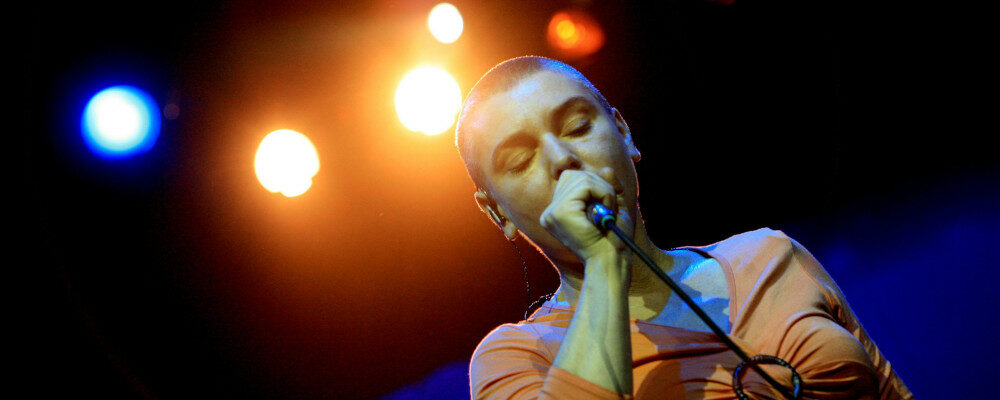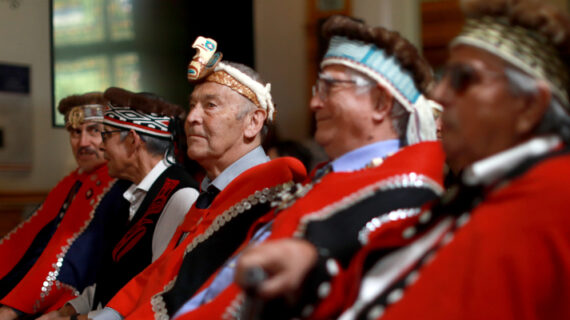I didn’t know much about Sinead O’Connor except her music. I knew that she’d had a physically abusive childhood and that, after the death of her son, she wanted to kill herself seriously enough to be hospitalised. I knew there were documentaries and books about her life, but I never sought them out. I didn’t have to know the details to know that she lived with deep pain. I am sure that much of that pain can be traced to specific incidents in her life, but all you needed to do was listen to her sing to know that there was more to it than that.
A hard life may explain her pain, but it doesn’t account for the courage with which O’Connor met it. That came from somewhere deeper, and so I suspect did her experience of pain—not just her own, but the universal condition. She seemed from the beginning, in songs like the anguished personal-political anthem “This is a Rebel Song,” to be one of those who felt everywhere the “tears in the nature of things.” There are such people. They see the world with its skin peeled off, and can’t look away. And between her frailty, accentuated by her shaved head, and her fierce strength, you couldn’t look away from her.
That vulnerability and strength came through in her voice, which could move from whispered tenderness to feral anger in a phrase. The effect was, as I’ve heard it described this week, otherworldly. I always thought of her as something like a medieval saint, one of those ferocious young women like Catherine of Siena or Ireland’s own St Íte, whose faith was so unnervingly intense that it could only be understood by others as divinely inspired. There was nothing sentimental about her singing; everything was immanent and vital, like suffering.
Since her death, two videos have circulated widely. The first is the moment that brought her to mainstream attention thirty years ago, when she tore a photo of St John Paul II into pieces on Saturday Night Live. I was too young and too irreligious at the time to appreciate the outrageous nature of that act. Watching it now as a Catholic who has prayed at the tomb of that pope-saint, it is still shocking. I physically revolt at the gesture. But she wasn’t wrong. The Church’s complicity in abuse was infinitely more scandalous, more sacrilegious, than her protest.
The other video is from a concert honouring Bob Dylan a few days later at Madison Square Garden. If she didn’t know it by then, her performance that night confirmed that she had become a pariah. After she was introduced by Kris Kristofferson, O’Connor took the stage to a wall of boos. Even on a grainy video, it’s loud, so I can’t imagine how deafening it must have been on stage. It’s sickening to watch. And she just stands there and takes it, like a scapegoat who understands that this is the role she has to play now, like the young sacrificial victim in Seamus Heaney’s Punishment.
her shaved head
like a stubble of black corn,
her blindfold a soiled bandage,
her noose a ring
Except O’Connor isn’t blindfolded. She stares back at the audience, a slight 26-year-old woman facing an arena of ex-‘60s radicals mellowed into comfortable middle-aged reaction, a crowd of Bob Dylan fans for goodness sake, showering her with the contempt of the Roman Colosseum. After a minute, Kristofferson comes back out to encourage her. He puts his arm around her and tells her—you can just make it out in the video—“Don’t let the bastards get you down.” “I’m not down,” she replies.
Kristofferson walks back off stage and O’Connor signals to the band to cut the song they are trying vainly to introduce over the crowd’s braying. She tells the sound producers to turn up her mic and she starts to sing, though it’s more shouting than singing, the opening verses of Bob Marley’s “War.” The word passion covers a confusion of related emotions—love, rage, compulsion, sacrifice—and you can hear it all in O’Connor’s voice as she doubles down at the end, calling out the Church’s participation in child abuse. This was almost a decade before the newsroom exposé celebrated in the Oscar-winning movie Spotlight.

Those two moments stand out not because they were extraordinary, though they were, but because for O’Connor they were so ordinary. You can hear the passion of that night in all her performances, from her global-hit cover of the obscure Prince song “Nothing Compares 2 U” to the traditional ghostly Irish ballad, which she recorded as “He Moved Through the Fair.” She even managed to make a schmaltzy showstopper like “Don’t Cry for Me Argentina” sound like a confession so private, a plea so personal that you feel like you are overhearing something you shouldn’t. Like a ghost haunting the place it once suffered, the memory of that voice will remain with us.




